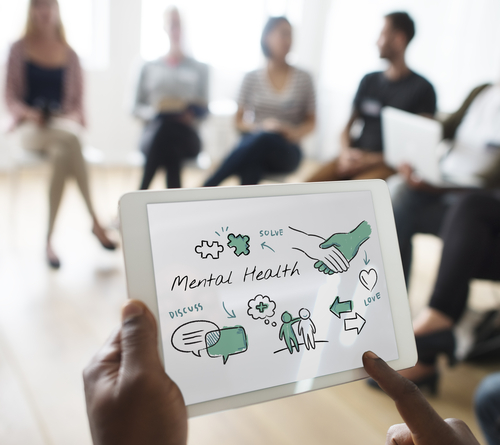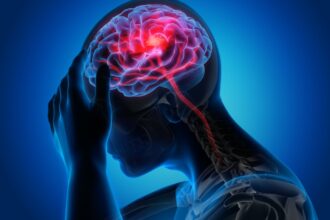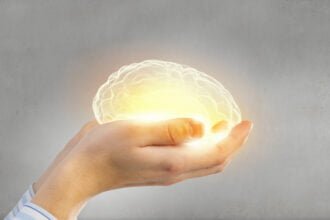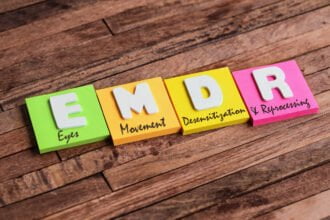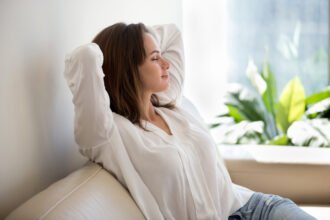Advances in both technology and medicine have reached new heights. So, it is unsurprising that great steps have been made into amalgamating the two and developing technology that can help treat or manage a range of different conditions. With many patients having serious concerns regarding the side effects of antidepressant and anxiety medication it is reassuring to know that there are alternative methods of helping to alleviate the symptoms of these conditions through non-medicinal means.
Light Therapy
Light therapy is a technology developed to treat the effects of seasonal affective disorder (SAD). SAD, also dubbed the winter blues, is believed to be triggered by shorter days and the subsequent reduction in exposure to natural light, which adversely effects the hormones responsible for moderating your mood. Symptoms of SAD can include:
- Appetite changes – craving carbohydrates
- Weight increase
- Loss of energy and fatigue – possibly accompanied by sleeping problems
- Lack of focus and increased irritability
- Reduction in desire for social interaction
Light Box treatment is a recognized practice with scientific evidence supporting its effectiveness. Boxes are typically priced at around $100, this guide offers insight into selecting an appropriate box for SAD and what to be cautious of.
Virtual Reality
Virtual Reality, or VR is immersive technology transporting the user into an alternative reality. VR development started in the 1960’s, but it was only from 2010 that real advances began to occur. By 2017 the technology became widespread, and now you can be transported almost anywhere by simply slipping on a headset. The immersive nature of VR means that it is now possible to use virtual reality therapy for depression by creating a therapeutic environment. C2Care provide software designed to reduce stress and anxiety by offering the user a selection of multi-sensory environments to promote relaxation and regulate emotions. It can also be used to provide a calming distraction for patients undergoing distressing or anxiety-inducing medical treatments.
Apps
“There’s an app for that” is a phrase that has never been more accurate. There are now thousands of mobile apps at your fingertips offering almost any service you can think of: ordering food, watching movies, playing games, shopping, navigation, the list is truly endless. So, it will really come as no surprise to hear that there are also apps designed to help manage depression and anxiety. This list showcases some of the best depression apps of 2019. The apps offer a range of self-help methods, from assessments and habit tracking through to evidence-based games, designed to allow the user to manage, monitor and relieve their symptoms. The technology is so advanced that applications are now able to take principals from scientific and medical practices such as cognitive behavioral therapy (CBT) and implement this to help the user develop greater self-awareness, and even pick up on the users’ patterns of behavior.
Summary
Using technology to manage your symptoms is a great alternative for those who would prefer to avoid taking medication, whether due to allergy or simply personal preference. However, while the technology above is both advanced and largely backed by scientific evidence it is always wise to seek professional support for your mental health.

